
There are some people who you want to interview over and over again, because every time you do, they have something new and interesting to say, or more likely, something old but a new way to express it. Susanne Miesner is top of that list, she is the very model of a thinking rider. A rider and trainer who has managed to combine training winners at the Bundeschampionate, winners at Grand Prix level, while at the same time been intensely involved in the formulation of the doctrine that is at the heart of German Equestrian success, the Training Scale.
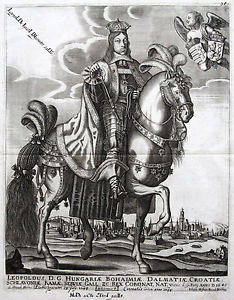
Let Susanne explain just how important ‘the principles’ are…
“Germans are known in the world as being somewhat arrogant, but I would say that there is no-where in the world that has a system so perfect, as the system we have in Germany. First of all we have the Principles of Riding – the training scale. Then what I think is really good is the system of our young horse classes, so the three and four-year-olds go in material classes where they just do walk, trot and canter, then the five-year-olds can go into a suitability for dressage class, and so can the six-year-olds, on the different scales, and the way it is judged is really good because they are judging for rhythm, for suppleness, connection, impulsion, then later when it goes to second and third level in those suitability classes, it is really important to see if the horse has the capacity to collect. So if everything goes right, and the judging is good, then the system is really perfect.”
“I think part of the reason we have this training scale is because if the trainers and the riders and the judges understand the system, then it is in the best interests of the welfare of the horses. The foundation is always going to be rhythm, suppleness and connection.”
“In rhythm it is very important that the horse has to have a clear four beat rhythm in the walk, it should have a two beat trot, it should have a three beat in the canter. The two beat trot is most important to me because in the last few years we’ve had those wonderful horses with exciting movement, and if those three main points are not performed well and trained well, then a lot of the time we have a problem with rhythm in the trot, which is very hard to see with your eye and you can only see it if you are really experienced. We do have horses that are not 100% two beat in the trot, in some horses if they are tense, or the connection is not good, then the rhythm very slightly gets lost. Everyone can see if a horse is pacing in the walk, and everybody can see if a horse has a four beat canter but to see if a horse REALLY trots diagonal, that’s a pretty big task. That’s something we really have to watch for, to make sure we have horses that really trot diagonally. This is so important, not only because it is correct but if the trot is not 100% diagonal, that’s when we have problems with lameness because they don’t evenly put their feet on the ground, the horses are stressed…”
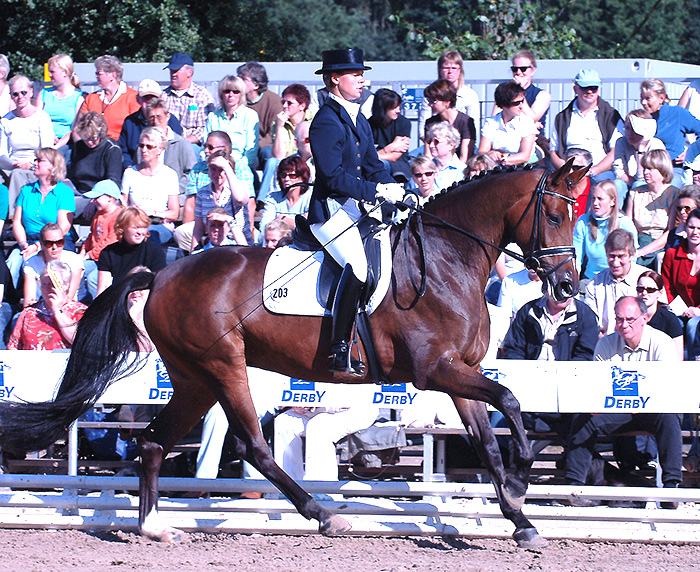
Kira Wulferding and a young Cayenne W
“We have a problem with the English word, ‘looseness’, it just means loose, it can have the meaning of sloppy, asleep. Then on the other side we have ‘tension’ – jammed. No matter if you are a horse, a rider, a dancer, or even a tennis player, tension is your enemy. I think suppleness is the correct expression, suppleness, not looseness. Suppleness means that the muscles contract and de-contract, and this has to go through the entire horse, it cannot be blocked in the middle of the back, and it also has to go through the rider. We were talking about Kira Wulferding and she is one of those riders who really sits supple, she is not loose, she is not tense, she is supple – the movement of her horse also goes through her body and vice versa, so suppleness is really contraction, de-contraction.”
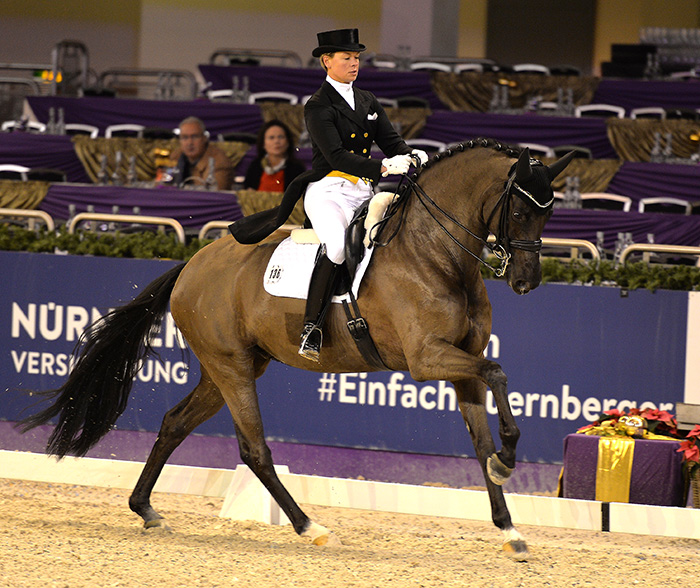
Kira and her Grand Prix prospect, Soiree d’Amour
“You ask, how can we recognize suppleness? Well we all know the horse’s tail has to be carried, it should swing in little waves through the back, and there is an old saying that the tail is the last part of the back, it actually belongs to the back, so in most horses – if they don’t have an injury – you can see from the tail what the back is doing. You can see suppleness by observing how the rider can sit on the horse and not on top of the horse.”
“For a long time we had this Rolkur riding, which fortunately seems to have gone, but then even some of the World Cup riders couldn’t really swing with their horse, we had Olympic riders who had to step into the stirrups while their horses were doing extended trot because they couldn’t sit it. There was no suppleness, it was just a trained movement, and you could see those horses swishing the tail once in a while… Or often… Or often, I must admit that some horses just by nature do this tail swishing more often than others, but if a horse is really truly trained, the way they carry their tail is a really true indication of suppleness.”
“This is where the first three points of the training scale are so important. If the horse is really rhythmic, if the horse is supple going over the back, then the horse is willing to step into the bit, so the connection is actually a result of the rhythm and suppleness and at the same time, without a true connection you cannot achieve real suppleness and no correct rhythm – that’s not completely correct, because a horse loose in nature will have a four beat walk, two beat trot and three beat canter with no connection.”
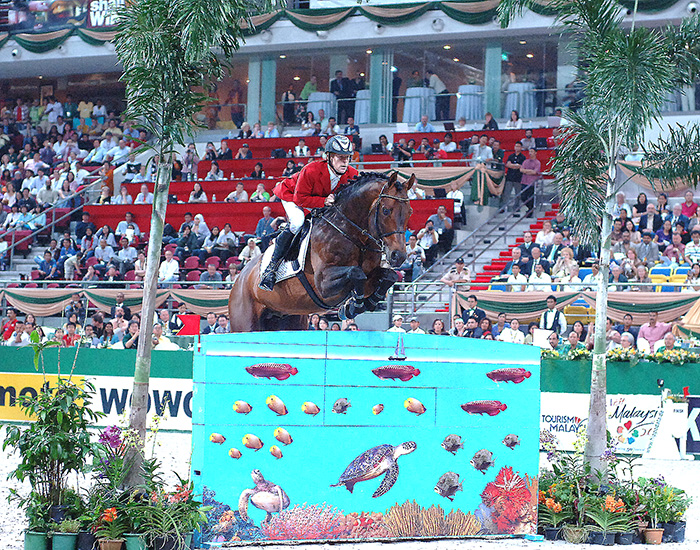
Marcus Ehning and Sandro Boy, suppleness and connection in the jumping arena
“Suppleness and connection are so very important, and they go all the way, even into the jumping classes, look at Marcus Ehning, his horses always have a perfect connection, and most of his horses, he rides them in a plain snaffle. He doesn’t need those sharp bits because his way of riding is proof that a well-ridden horse can go all the way to five-star level with a good connection.”
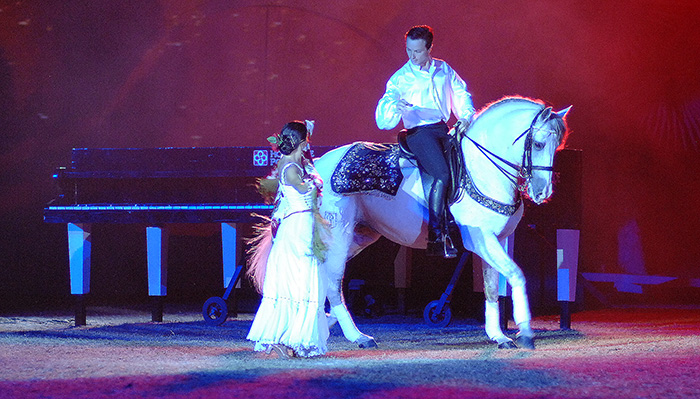
I think that is interesting because people often have the impression that the training scale is a bit like baking bread, you start with flour, then add yeast and water, then… But all the elements of the scale are involved right from the start, it is just a matter of emphasis, so yes, we concentrate on rhythm first, but we need suppleness and connection to really achieve that, the scale is not just a 1, 2, 3 progression, the elements flow up and down the scale…
“For the last twenty-five years I have been involved in the judging of young professional riders, and what is a bit sad is that when you ask them, what is the training scale, they tell you the six criteria, in the right order, but a lot of times they forget what is on the left side, on the left side of the diagram we have the phases. The first phase is the phase of getting the horse used to being ridden, then the second phase, which interacts with the first phase, is the phase of developing impulsion, then the last phase, which also goes into the second phase, is the development of power to maintain the carriage. Then again, on the right hand side of the six criteria we have the wonderful German expression, durchlässigheit, which doesn’t really translate into English. That’s how you have to see the training scale.”
“I was so fortunate that I spent years re-writing The Principles, from 1992 to 1995, so you see what a huge task it was, we were discussing for hours, how with durchlässigheit, how the bracket should go, with durchlässigheit in the middle or all the way down to the bottom. One member of the group said it should be at the bottom because a horse can only be durchlässigheit, accepting the aids fully, if it also has straightness and collection. But there were others, and I was one of them, who said it is better to have durchlässigheit in the middle because, let’s say you’ve got a four-year-old horse that just does nice walk, trot, canter, big circles forward, for his stage, it can be very durchlässigheit. We are not always talking about Grand Prix, if you have a horse that is not really collected, but for his rider, it can be sufficiently durchlässig.”
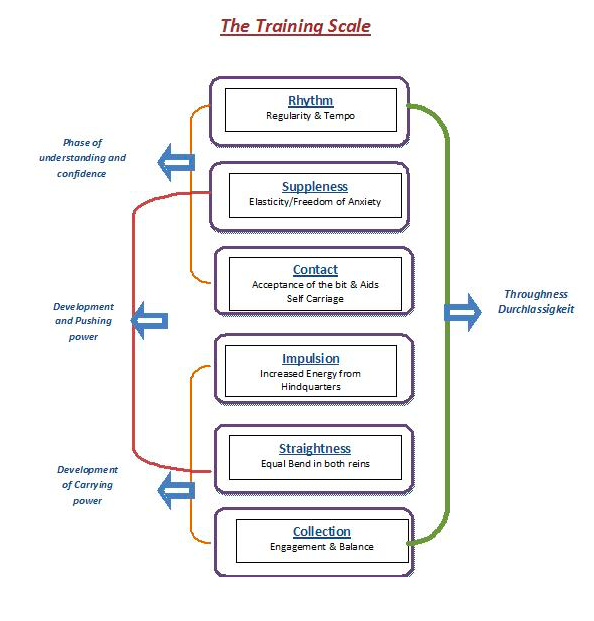
“Those brackets on either side of the scale show that it is not like baking a cake, the elements of the scale inter-act with each other. With a young horse, we are talking about rhythm, suppleness and connection, but even with the young horse, you try from the very beginning to give it some impulsion, to have it, for its age, straight enough, so you are not only working on the first three points and then you say oh, okay, I have great connection now I’ll work on impulsion and straightness…”
And if the horse is going around the arena like a crab, you are not going to be able to work on rhythm or suppleness…
“Exactly, and certainly you can’t work on your connection without some straightness, with connection and impulsion, it is the same thing, if you don’t ride the horse forward with impulsion, then you won’t get a really good connection. When we talk about connection with the younger horse, then first of all the horse should step into the bit, or onto the bit… to step forwards so you have some weight in the hand, not that the horse pulls the rider out of the saddle, but there should be an elastic connection. Later when it is perfectly trained, the horse should not move off the bit, but with more self-carriage, the connection should get lighter, but not so light that the reins are hanging loose.”
“Too many riders and trainers and judges look to collection, and I think collection is one of those points that you can only train to a certain extent – collection really comes by itself more or less, if the first five points are really good, then the rider all of a sudden feels that the horse is really straight in itself, it’s stepping onto the outside rein in the turns and circles, then all of a sudden, the horse starts to collect by himself.”
“With the typical five or six-year-old horse, you work a little bit on leg yielding, more bending, more flexion, stuff like that, and all of a sudden, you can just pick up the canter from the walk, it is something that just comes out of the first five points, especially the straightness. The late Günther Festerling, who was the director of the Westfalien Riding School, came up with the saying – ‘the dressage movements fall into the lap of the rider like ripe apples from the tree’. I just love that saying, it is so important that those five basics are asked for, over and over again. It’s not the movement in itself, if a horse starts to really collect, then it is more like conditioning the collection, not training collection.”
Can we train rhythm?
“You can improve the expression through more impulsion, but you cannot improve the rhythm, the rhythm is something the horse has by nature, you cannot improve it, but you can disturb the rhythm. You can improve the expression, the activity of the hind legs and if you do it right, then through more impulsion, more carrying power, you can improve expression, but not rhythm.”
more follows
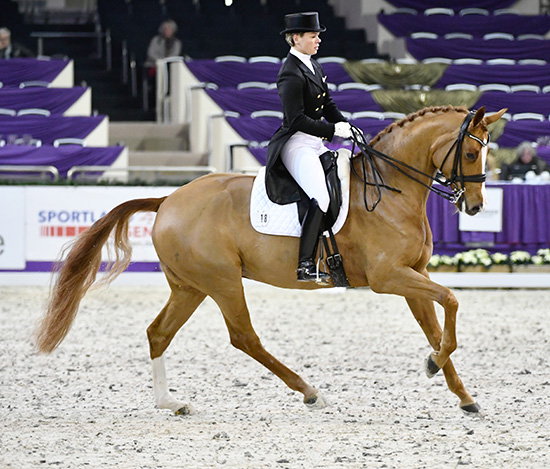
It’s funny, you live in the heart of Germany’s horse and riding country, yet you worked so much with an Australian…
“I’ve lived in America, and Israel and Japan, so I’ve been quite a bit around the world, but one of my closest associates has been an Australian, Richard Weis. Richard Weis and I worked together for many years, I think we’ve learned a lot from each other, and I truly loved his concept because he used to be a dancer, and I loved his message that riding was like dancing. And guess what? There is an Australian artist, Shirin Hanfi-Scott, and she made a drawing of a horse and a human dancing, it’s my favorite drawing. I think it is a really good idea to think about riding in a different way – riding is really like dancing.”
“When there are two of you dancing, it is fairly easy, you can tell your partner, don’t step on my feet, or let’s make this turn quicker, so they can talk to each other easily, same language. Then you have the rider and the horse and again it is like dancing, if one partner is not supple, if one partner is not feeling the rhythm, it is almost impossible that the other partner can do his best performance.”
“I’m just a normal dancer, like party dancing, but some years ago I did a clinic with Michael Hull who has been seven times the world ballroom dancing champion and he knows a little bit about horseback riding, but he is not truly a horseman. We sat down in my kitchen and went through the training scale and it was fascinating, the training scale in riding is exactly what dancers do.”
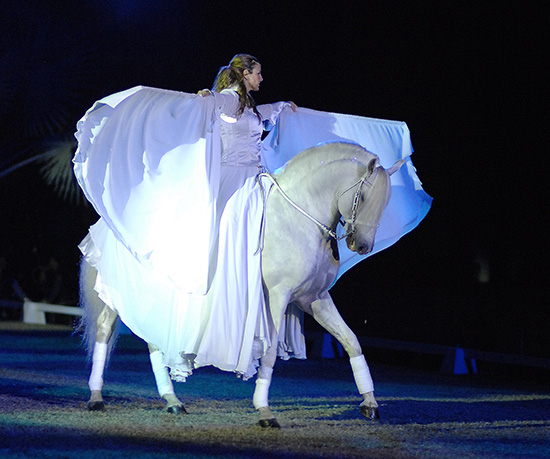
“Like the horse, the dancer has rhythm by nature, some people just have it. And again to dance you have to be supple, like the horse, supple not loose. The dancer cannot be tense, if one partner is loose and the other one, tense, you still don’t get the suppleness. You both have to have the same amount of suppleness, and through the holding – the shoulder and the hands – you have to have connection to your partner.”
“Then a ballroom dancer has to have impulsion because it is only with impulsion that you can do lift-ups and turns – and dancers have to be really straight. Interestingly, they always leave their throat latch open, it is just the same concepts as our riding training scale, the chest has to be open, the back – and if all that really comes together they can do those amazing twirls and pirouettes, which come close to our collection. We talked all night long discovering the similarities between dancing and riding.”
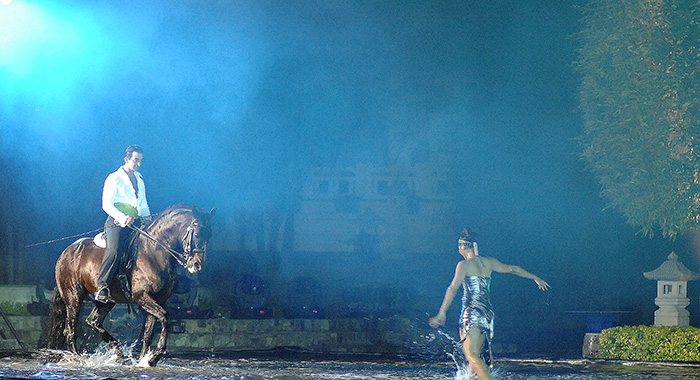
Some years ago I was working on a series of articles with Richard Weis, and again the dancing metaphor was to the front, so I contacted Ballet Australia and said can we come to one of your morning classes and take some photos – and again, it was just like the progression you make with your horse, starting simpler and building to the more complex…
“It is still worth thinking about dance where you have two partners each with two legs, straight up vertebrae, short neck, they are intelligent… in riding, the other partner has four legs, a horizontal vertebrae, a long neck to balance himself out, and he is only following his instincts, the horse is not intelligent, we know that scientifically. So we have two completely different partners and to connect them is just luck…”
And you are born with that…
“Absolutely, you can really work to improve yourself, but the last element of talent, you’ve either got it, or you haven’t got it. Not so long ago, George Morris gave an excellent speech at the Global Dressage Forum, the best thing I’ve seen at a dressage symposium ever, and in the interview later, he said sometimes he gets a little bit sad because horse sport is developing more and more into a ‘bought’ sport, where if you have enough money you can buy a fantastically trained horse with great ability, and be part of the sport, which is probably true in all three disciplines, not just jumping.”
I think it probably doesn’t work as well for eventing because that requires a little courage, but even in dressage, how many times have we seen the mega-rich lady buy a super horse and it disappears without trace. And it is not just the ladies, there’s one male rider in America who has disappeared about half a dozen super horses…
“Mostly it doesn’t work because they don’t have the talent. With talent we see some riders who come out every year with a new horse that performs on a really high level.”
“Perhaps we shouldn’t talk so much about top sport, in my opinion, isn’t it much nicer to be really with your horse in a partnership, no matter what level? I used to love to ride Grand Prix, but to ride not in a test, not in a show, at home, just to get the first feeling of a counter canter, or all of a sudden, your horse does a flying change on an easy aid, those are moments which are just wonderful. My daughter is a jumping rider, and now she has two really nice four-year-old horses, and it is so much fun to watch them jump over the first little oxer, or a fence with some water under it, just the little steps. That’s why we have to look in riding that there really is harmony, no matter what level, what discipline – that’s what I like best.”

Susanne and Ronaldo, who she rode at Grand Prix level, having a walk at home.
Breeding a dressage star? Check out the range of top stallions available from www.ihb.com.au
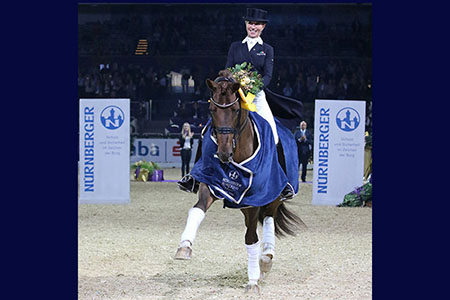
Like Vitalis – a winner of Nürnberger Burg Pokal
More of the vast amount of knowledge of Susanne Miesner? http://www.horsemagazine.com/thm/2018/10/the-posture-does-the-riding-with-susanne-miesner-and-richard-weis/
And there’s even more, they are all here:


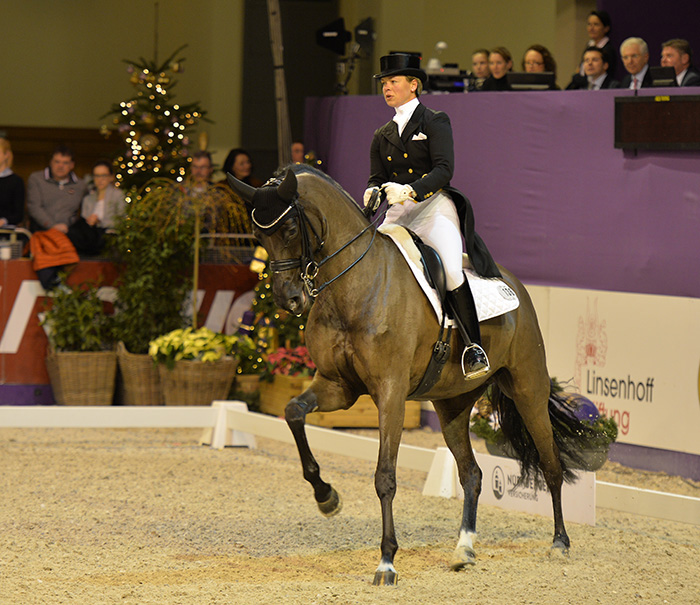
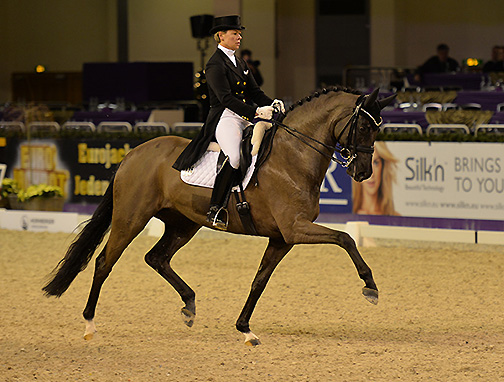
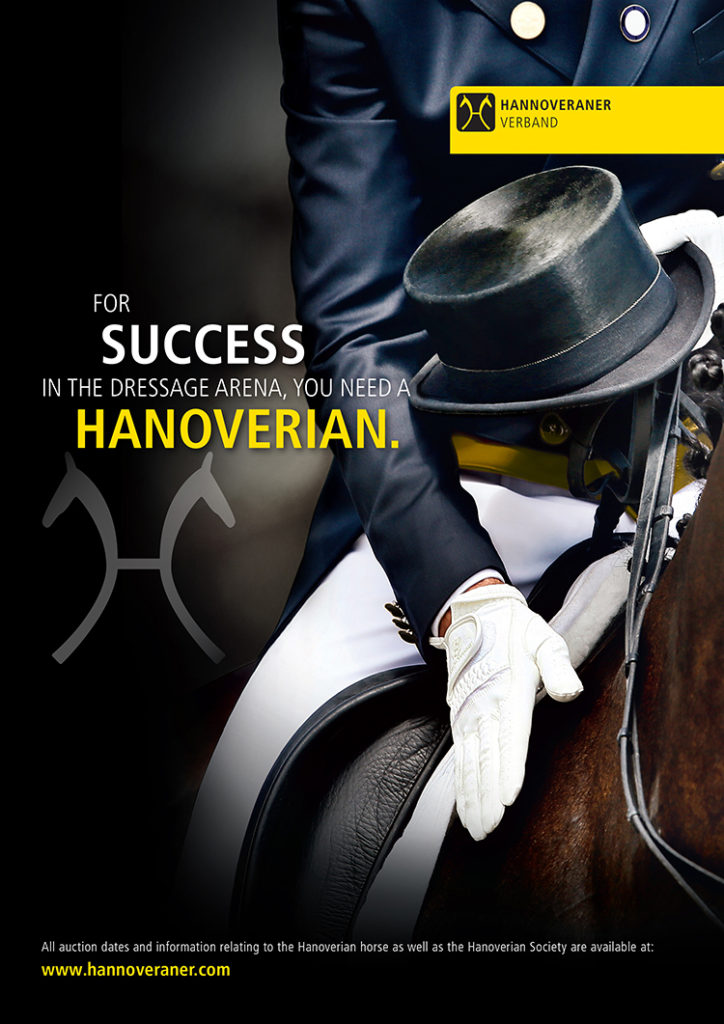
Straightness comes far too low in the training scale. It should be worked on as soon as a horse is able to carry a rider comfortably. Steinbrecht if I read him correctly thinks the same way.